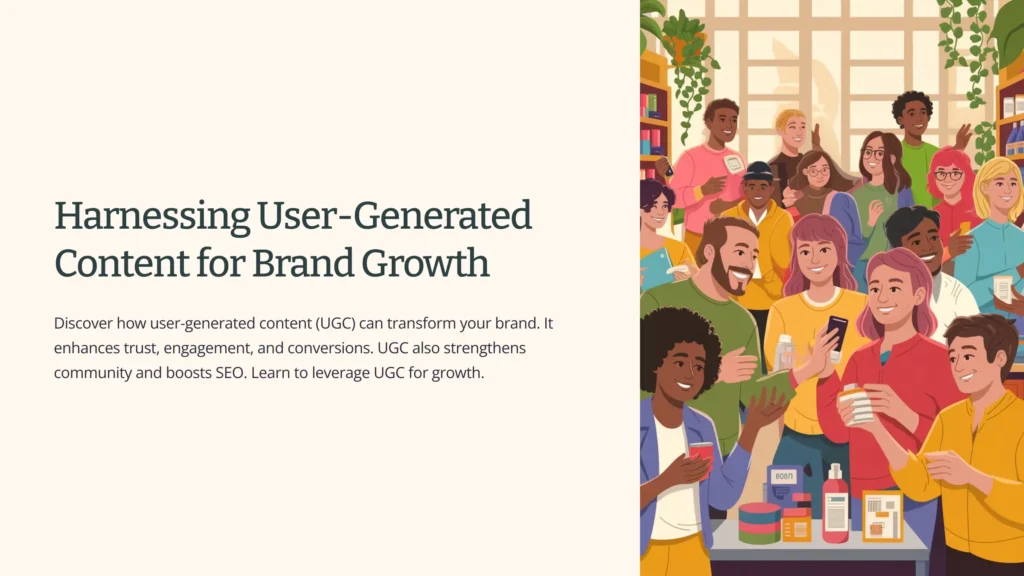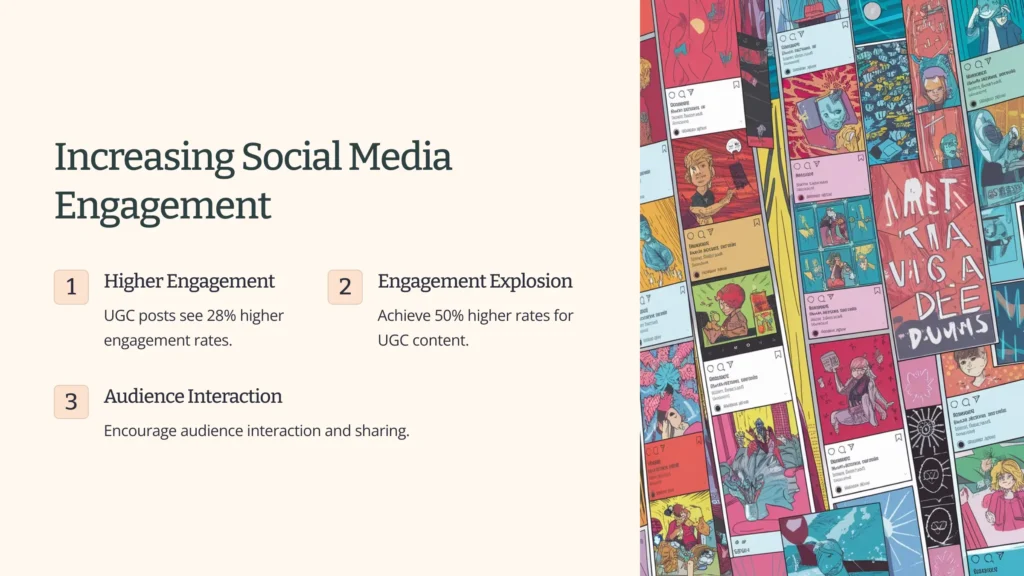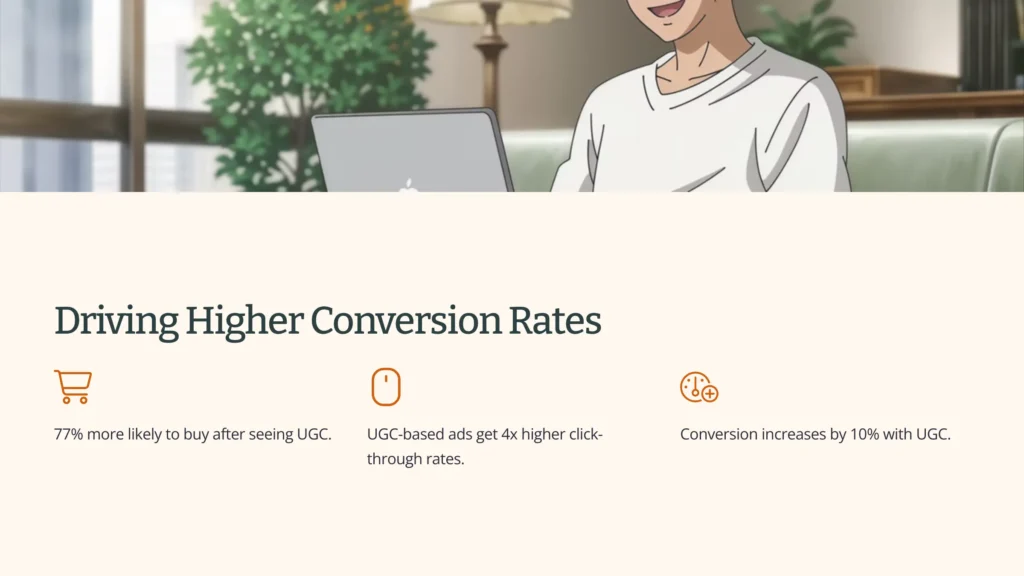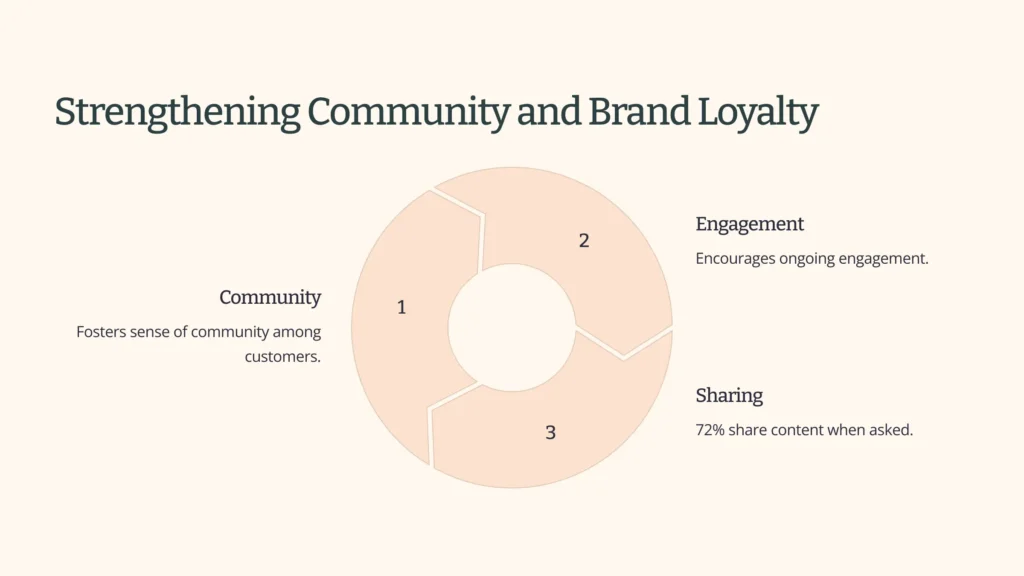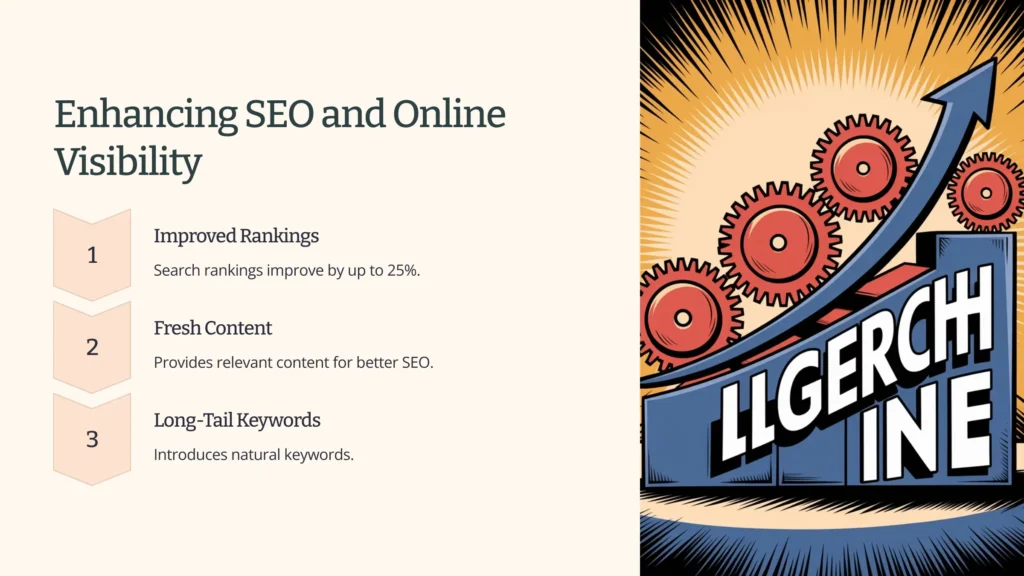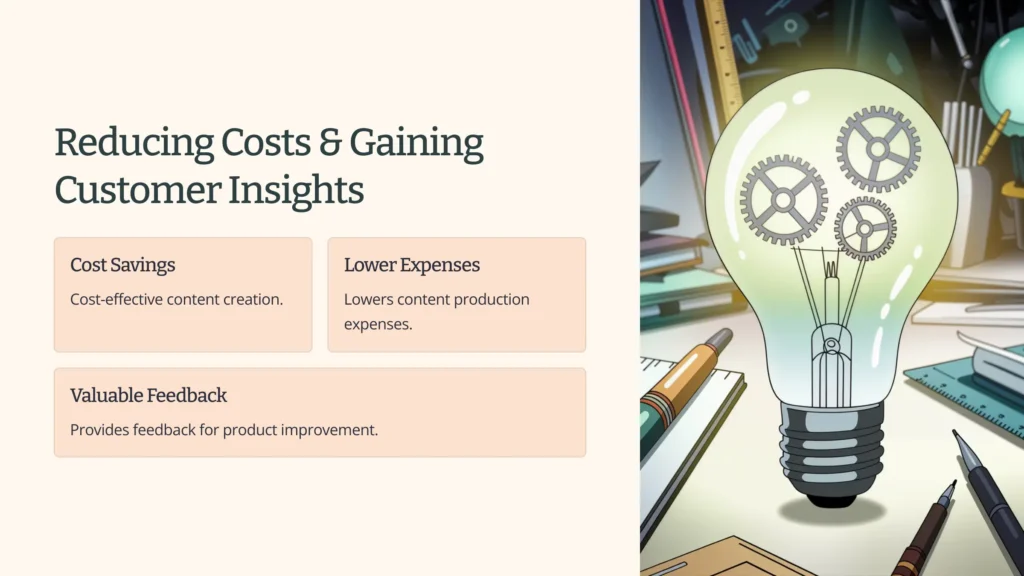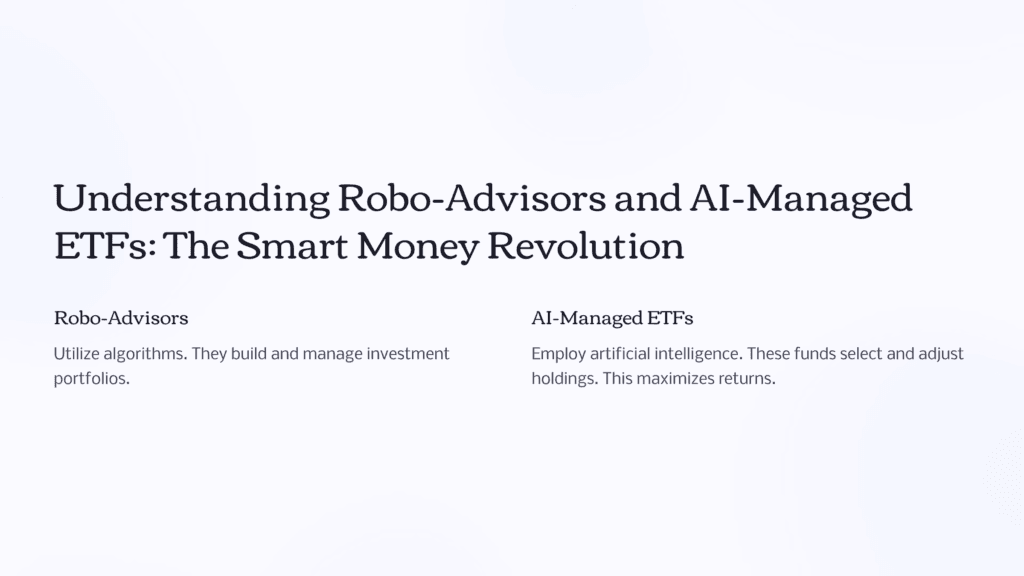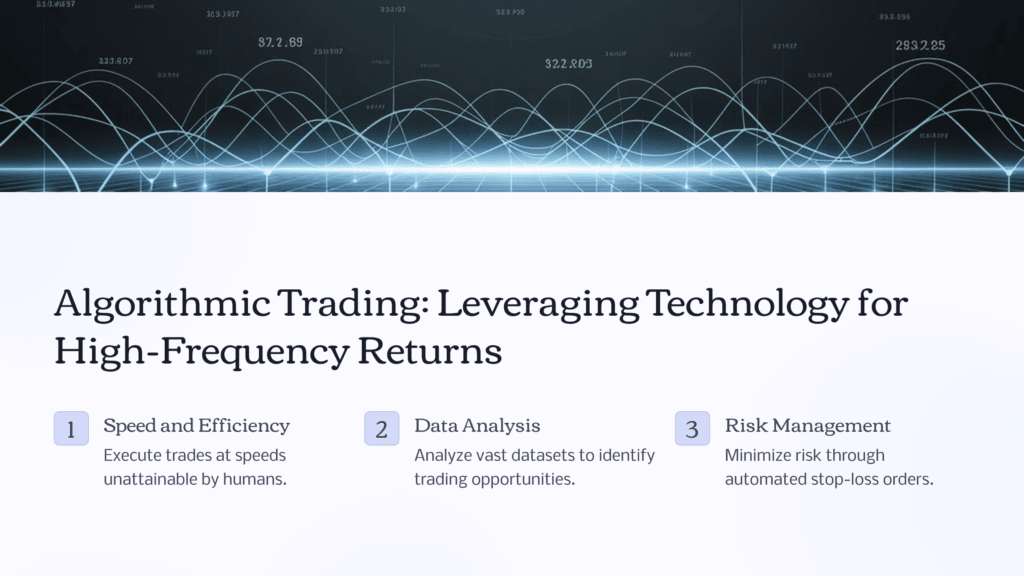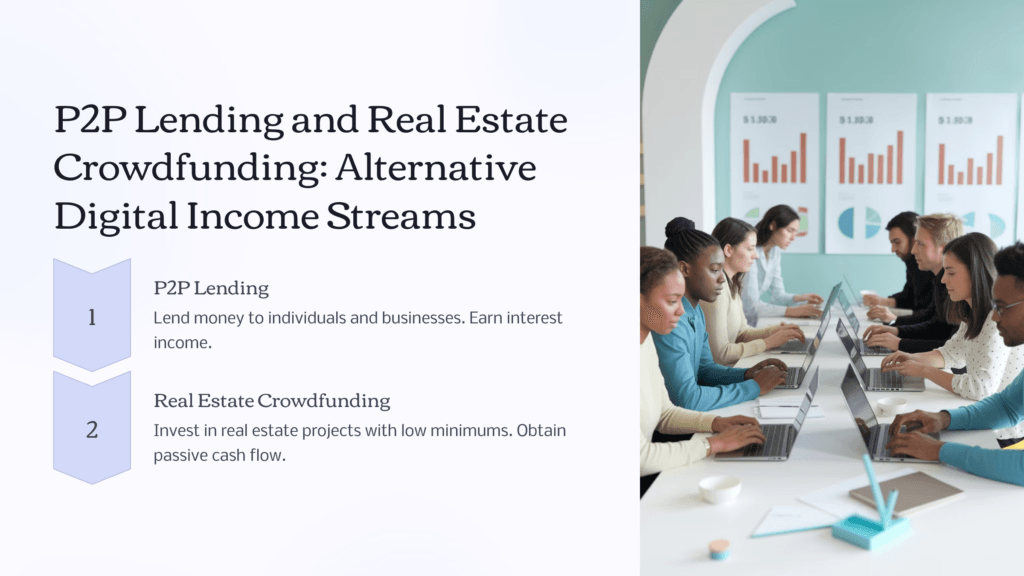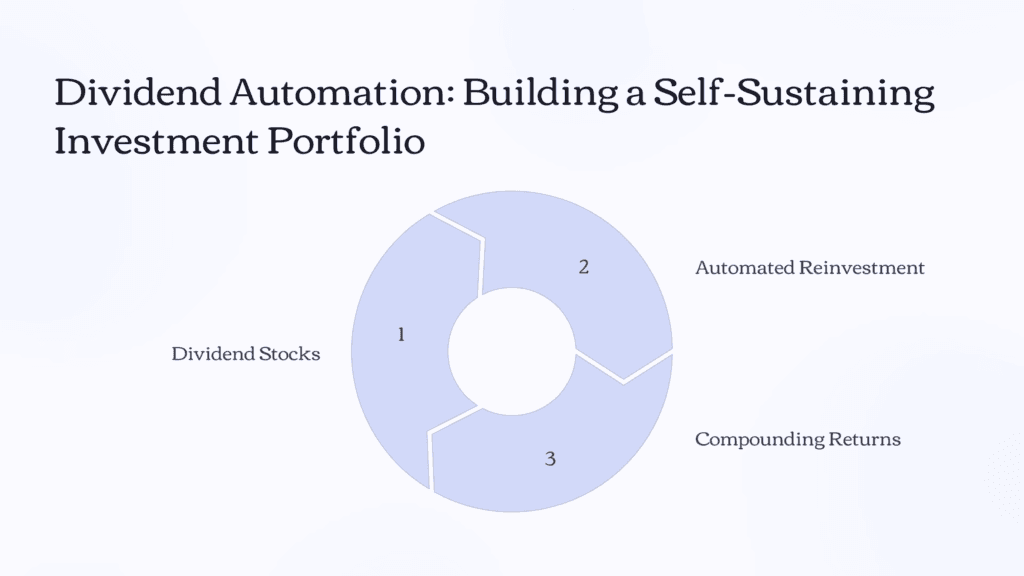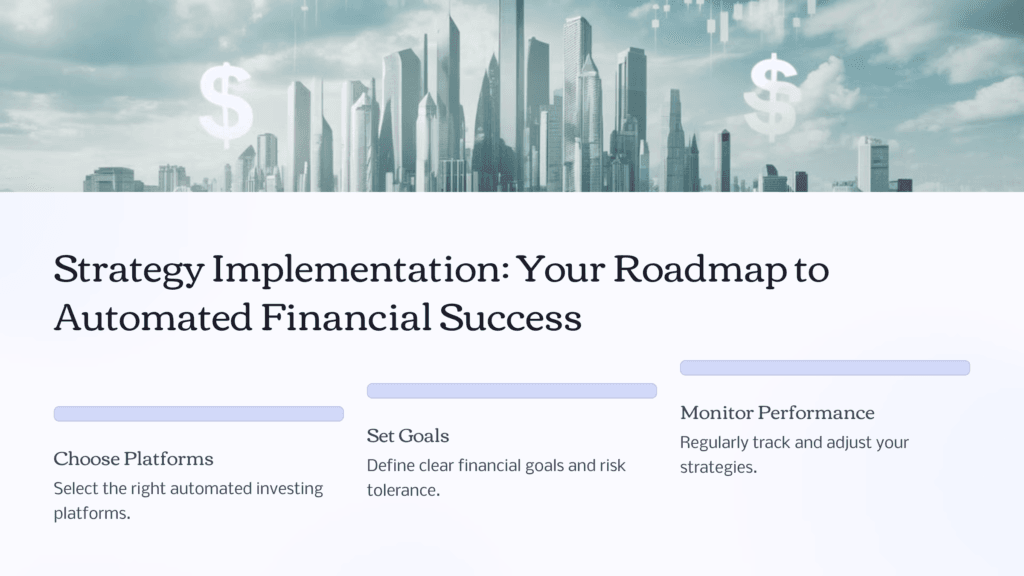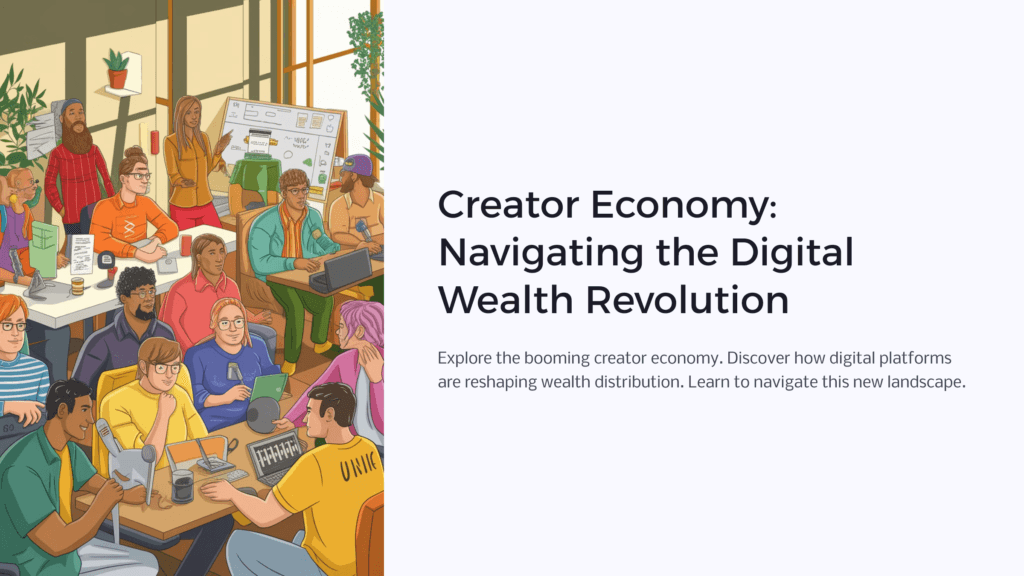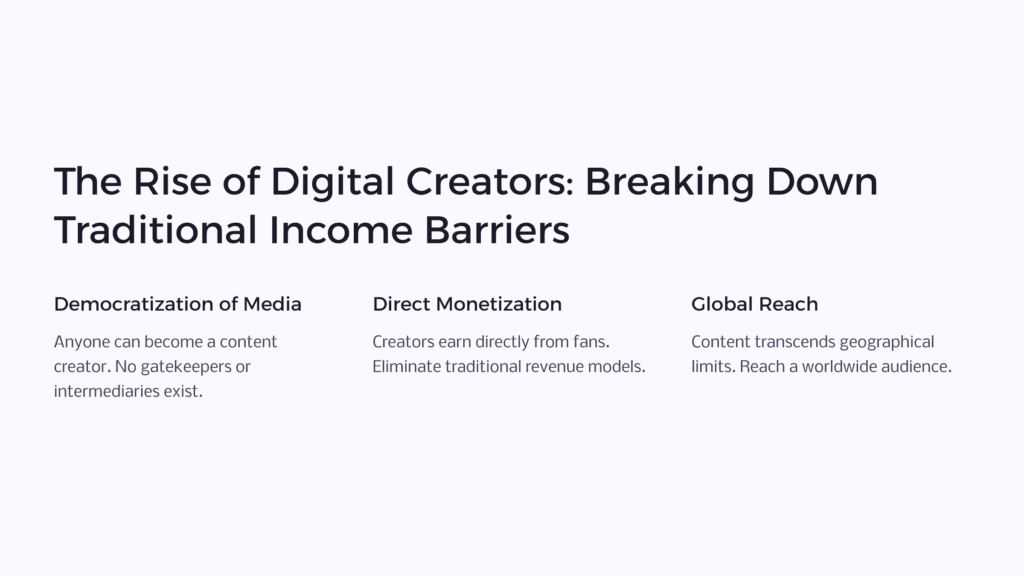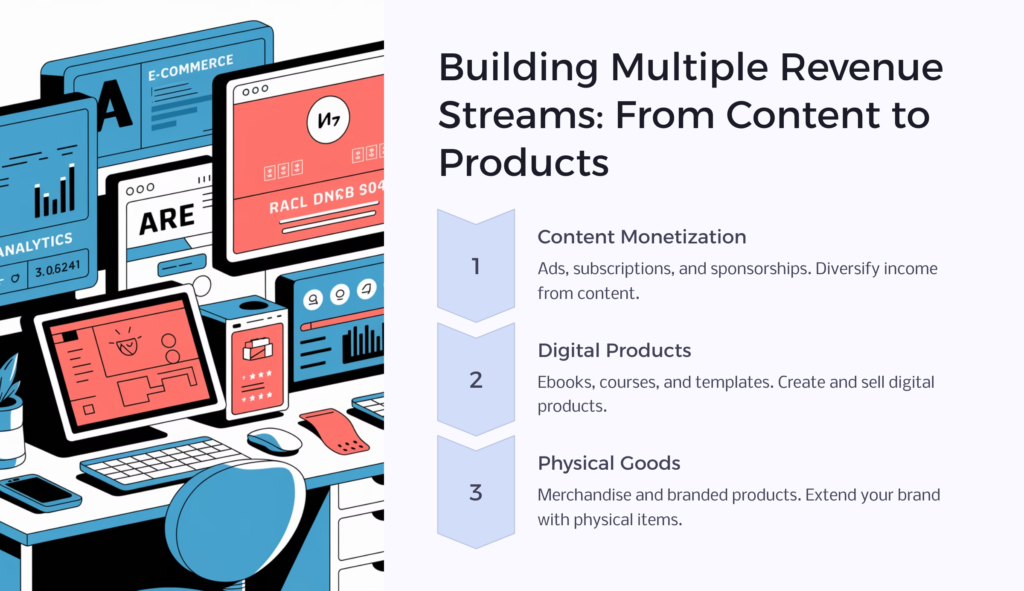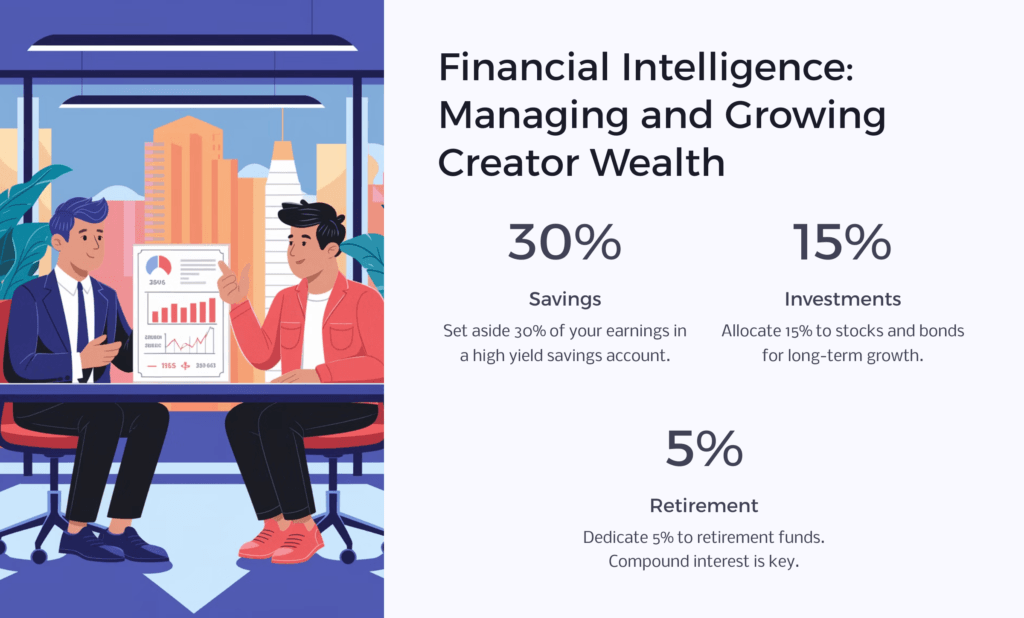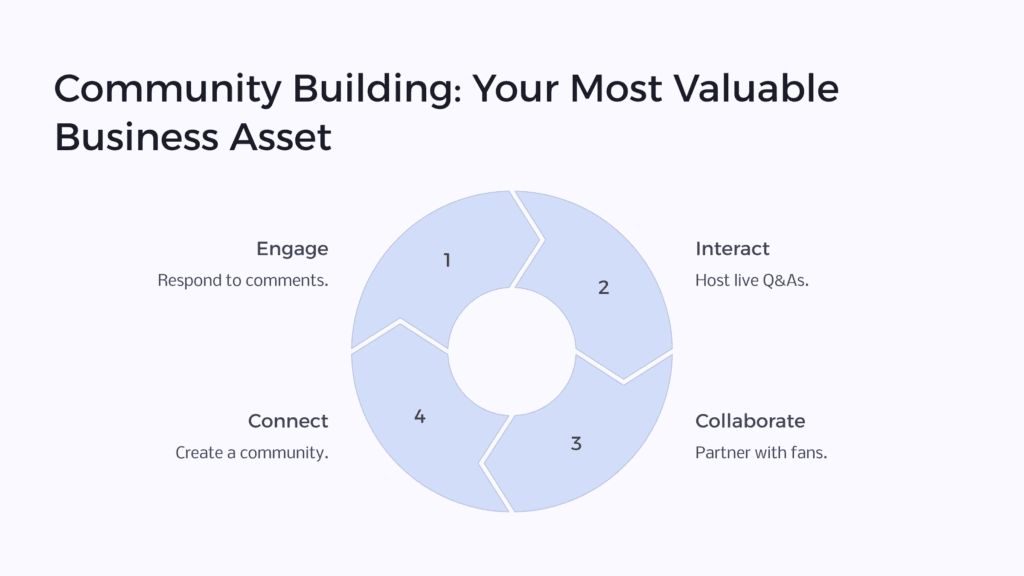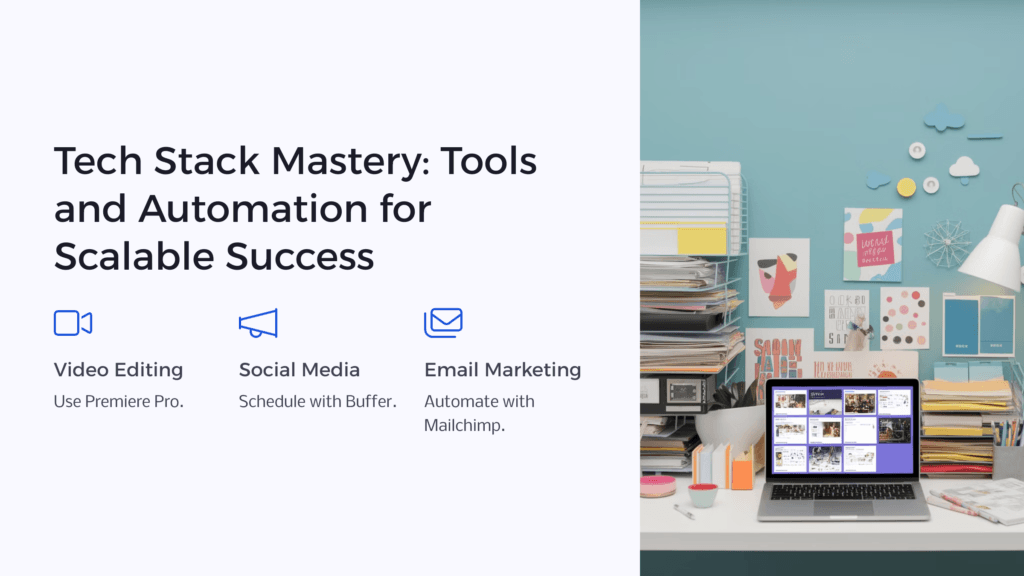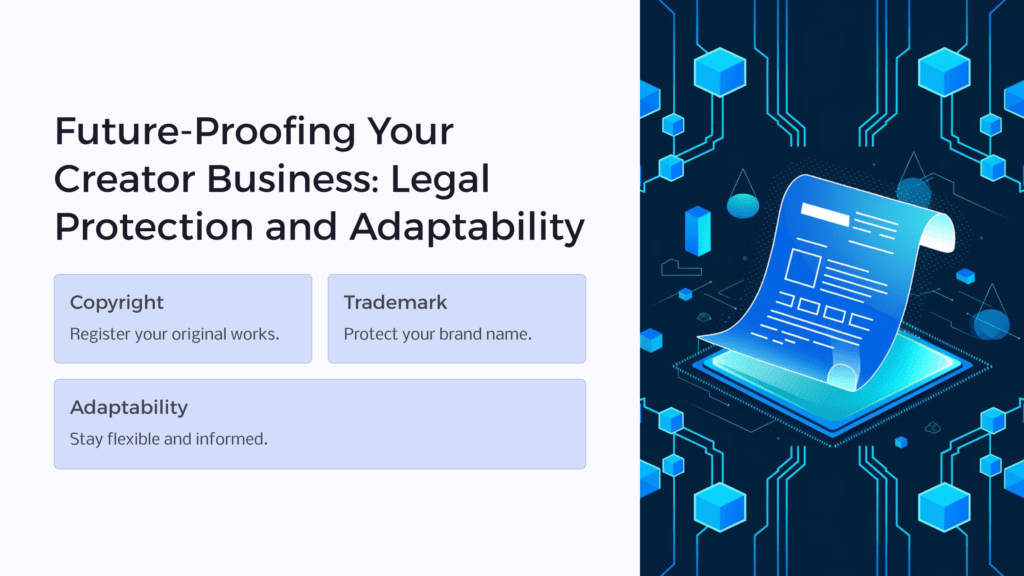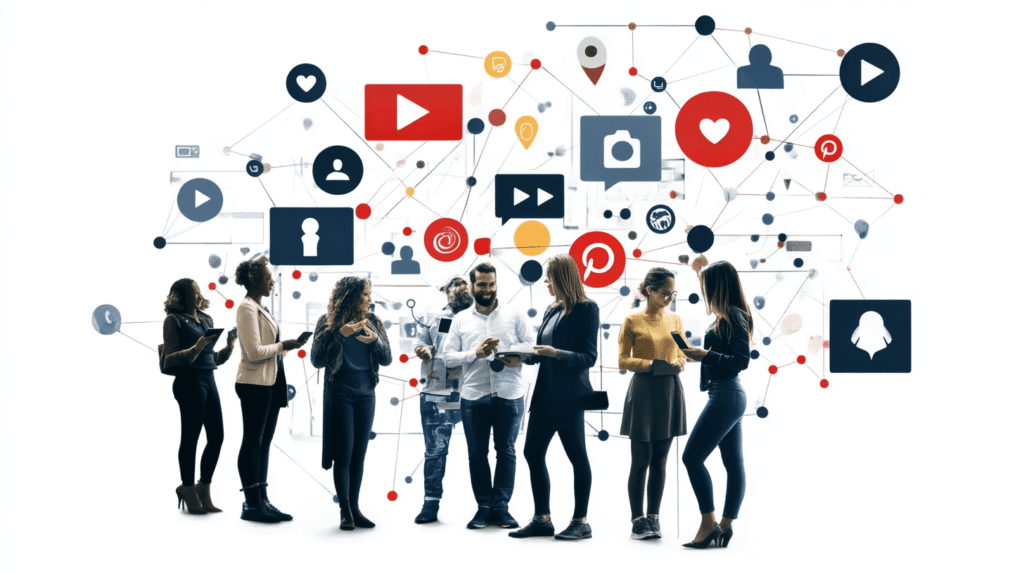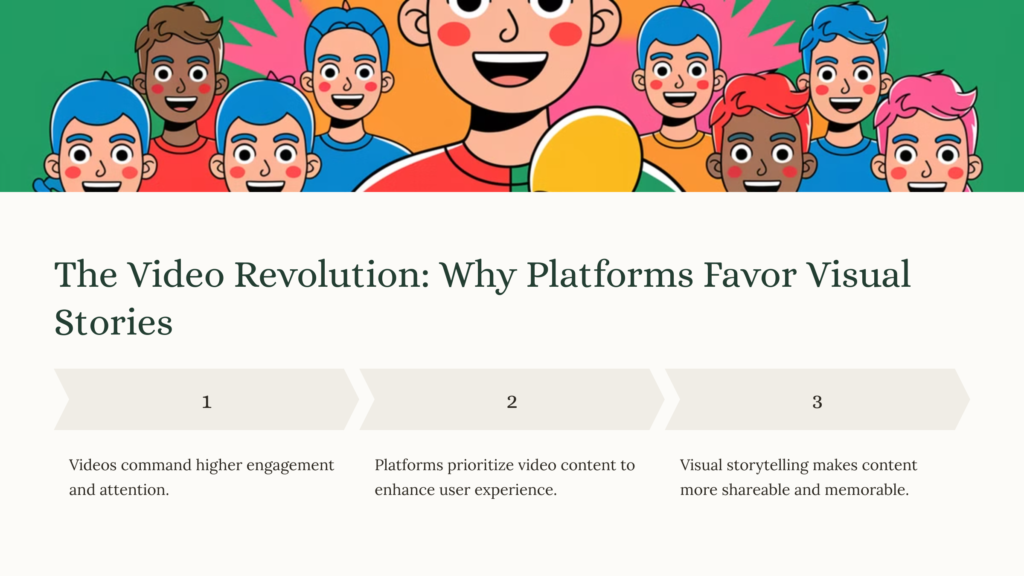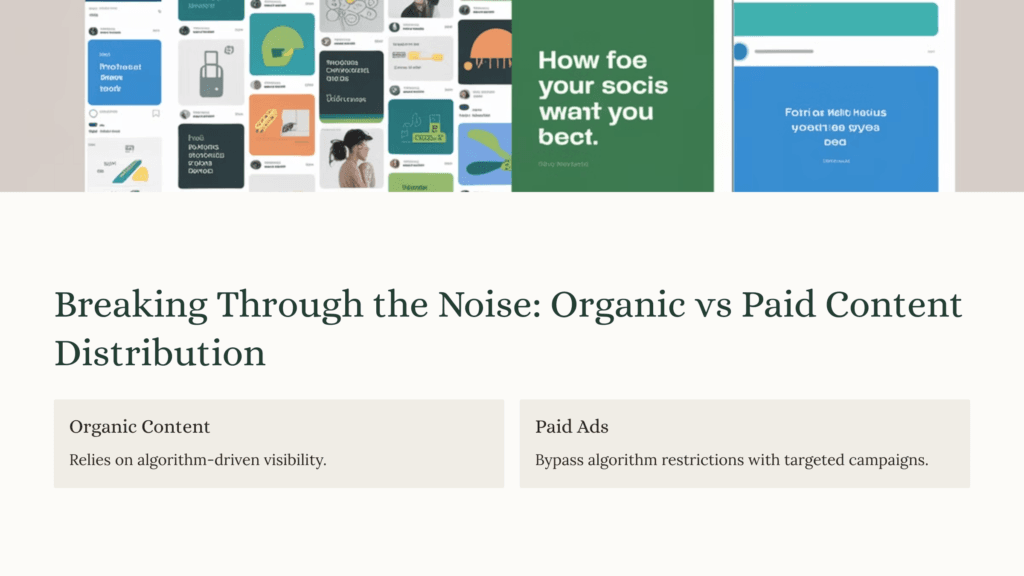
In today’s fast-paced financial landscape, High-Yield Savings in a Digital Economy has become a game-changer for those looking to maximize their earnings while maintaining easy access to their funds. Traditional savings accounts no longer offer the same level of interest returns as they once did, making high-yield savings accounts (HYSAs) an attractive option for digital-savvy individuals. With the rise of online banking and fintech innovations, managing savings has never been more convenient or rewarding.
Unlike conventional banks with physical branches, many high-yield savings accounts are offered by online banks that pass on their lower operating costs to consumers in the form of higher interest rates. This shift aligns perfectly with the digital economy, where transactions, financial planning, and wealth accumulation happen online. Whether you are an investor looking to park your cash in a low-risk environment, a freelancer managing irregular income, or a digital nomad seeking global financial solutions, high-yield savings can provide substantial benefits.
In this article, we will explore seven key benefits of High-Yield Savings in a Digital Economy, highlighting why these accounts are superior to traditional savings options. By understanding these advantages, you can make informed financial decisions and leverage digital banking to optimize your wealth.
1. Higher Interest Rates Compared to Traditional Banks

One of the most significant advantages of high-yield savings accounts in the digital economy is the higher interest rates they offer compared to traditional brick-and-mortar banks. Standard savings accounts in major banks often provide interest rates as low as 0.01% to 0.10%, while high-yield savings accounts can offer rates of 4.00% or higher.
These increased interest rates translate into substantial earnings over time, especially when compounded. For example, if you save $10,000 in a traditional account with a 0.05% interest rate, you would earn just $5 annually. However, with a high-yield savings account offering 4.00% APY, your earnings could amount to $400 per year—an 80x increase.
For those leveraging the digital economy, where freelance income, passive revenue, and online businesses fluctuate, having a high-yield savings account ensures that idle funds are working efficiently, generating returns without investment risks.
👉 Learn more about high-yield savings rates at Bankrate.
2. Easy and Instant Online Access

In the digital economy, convenience is king. High-yield savings accounts, particularly those from online banks, provide instant and seamless access to your funds through user-friendly mobile apps and online platforms. Unlike traditional banks that require in-person visits, these accounts allow you to transfer, withdraw, or deposit money from anywhere in the world with just a few clicks.
Many online high-yield savings accounts offer:
- 24/7 mobile banking for instant transactions
- Automated transfers to help grow savings effortlessly
- Integration with budgeting apps for smart financial planning
- No in-person branch visits required
For those who earn income through remote work, digital entrepreneurship, or gig platforms, this accessibility makes it easier to manage and distribute funds efficiently without the hassle of traditional banking.
👉 Explore top-rated digital banking apps at NerdWallet.
3. Low or No Fees

Traditional banks often impose numerous fees, including monthly maintenance fees, withdrawal fees, and minimum balance requirements. In contrast, high-yield savings accounts—particularly those offered by digital banks—typically have low or zero fees, ensuring that you keep more of your money.
Many online banks eliminate:
- Monthly account maintenance fees
- Overdraft fees
- ATM withdrawal fees (some even offer reimbursement for out-of-network ATMs)
- Minimum balance requirements
Since the digital economy thrives on efficiency and cost reduction, using a high-yield savings account ensures that your funds grow unhindered by unnecessary banking charges.
👉 Compare fee-free high-yield savings accounts at Investopedia.
4. Secure and FDIC-Insured Savings

One common concern with online banking is security. However, reputable high-yield savings accounts are FDIC-insured up to $250,000 per depositor per institution. This protection ensures that even in the unlikely event of a bank failure, your savings remain safe.
Most digital banks implement advanced cybersecurity measures, including:
- Two-factor authentication (2FA) for secure logins
- End-to-end encryption to protect sensitive data
- Fraud monitoring and alerts to detect suspicious activity
For individuals managing finances in the digital economy, security and peace of mind are crucial. A high-yield savings account offers both.
👉 Learn more about FDIC insurance at FDIC.gov.
5. Ideal for Emergency Funds

Financial experts recommend keeping three to six months’ worth of living expenses in an easily accessible emergency fund. A high-yield savings account is perfect for this purpose because it offers liquidity, security, and competitive interest rates.
Unlike investment accounts that carry risks or traditional savings accounts that earn minimal interest, a high-yield savings account ensures your emergency fund grows while remaining instantly available in case of unexpected expenses like:
- Medical bills
- Job loss
- Car repairs
- Home maintenance emergencies
👉 Discover emergency fund strategies at SmartAsset.
6. Supports Automated Savings and Budgeting

Many high-yield savings accounts offer automation features that align perfectly with modern financial management strategies. These features include:
- Scheduled transfers to ensure consistent savings growth
- Round-up savings tools that save spare change from purchases
- AI-driven financial insights to optimize spending and saving habits
For individuals navigating the digital economy—whether as freelancers, business owners, or side hustlers—automating savings removes the guesswork and builds financial security effortlessly.
👉 Explore automated savings tools at Digit.
7. Compatible with Investment and Wealth Strategies

A high-yield savings account is a great complement to investment portfolios, providing a safe place to store cash reserves, business profits, or short-term savings while earning interest. Unlike stocks or crypto investments that fluctuate, these accounts offer consistent and stable growth.
For those involved in real estate, stock trading, or digital investments, maintaining a high-yield savings account ensures:
- Liquidity for investment opportunities
- Risk-free returns on idle cash
- Financial diversification
This is especially useful in volatile markets, where having accessible savings allows for smart investment decisions without unnecessary risk.
👉 Find wealth management tips at Forbes.
Final Thoughts
In today’s digital economy, high-yield savings accounts provide a powerful tool for maximizing financial growth while maintaining security, flexibility, and convenience. Whether you are a digital entrepreneur, freelancer, or simply someone looking to optimize your savings strategy, leveraging a high-yield savings account can significantly enhance your financial well-being.
By taking advantage of higher interest rates, lower fees, instant access, and automation, you can ensure that your money is working for you, rather than sitting idle in a traditional low-yield savings account.
💡 Ready to get started? Compare the best high-yield savings accounts today and start growing your savings effortlessly.
👉 Find top-rated high-yield savings accounts at NerdWallet.

















